Coming to IA Interior Architects to get the hospitality portion of the award-winning global firm off the ground Veronica Givone talks about what it means to be inclusive listeners before designers, the importance of balancing aesthetics and practicality, and the close connection of the office world with the hospitality world. In a continuous and inevitable slalom between strict rules and architectural ambitions and decorum, Veronica Givone’s sense of design transitions from proactive involvement of human resources
Boh or Boh? “Back of house” or “I don’t know”? In the hospitality world, what is the state of the art of designing “invisible” spaces?
We recently published a blog post called “Heart of the House” that delves into the critical role the back of house (BOH) plays in hospitality spaces. In this piece, I explored why it is so important to design for the entire hospitality experience, including those who work in BOH roles.

We strongly believe the design’s significance should extend to the functional and operational areas of the hotel. Ultimately, hotels are not static buildings but shared spaces nurturing human experiences. When design incorporates and surrounds staff in an environment infused with the hotel’s ethos, they become true hosts guiding guests through a story. The resulting harmony elevates a stay from utilitarian to meaningful and memorable.
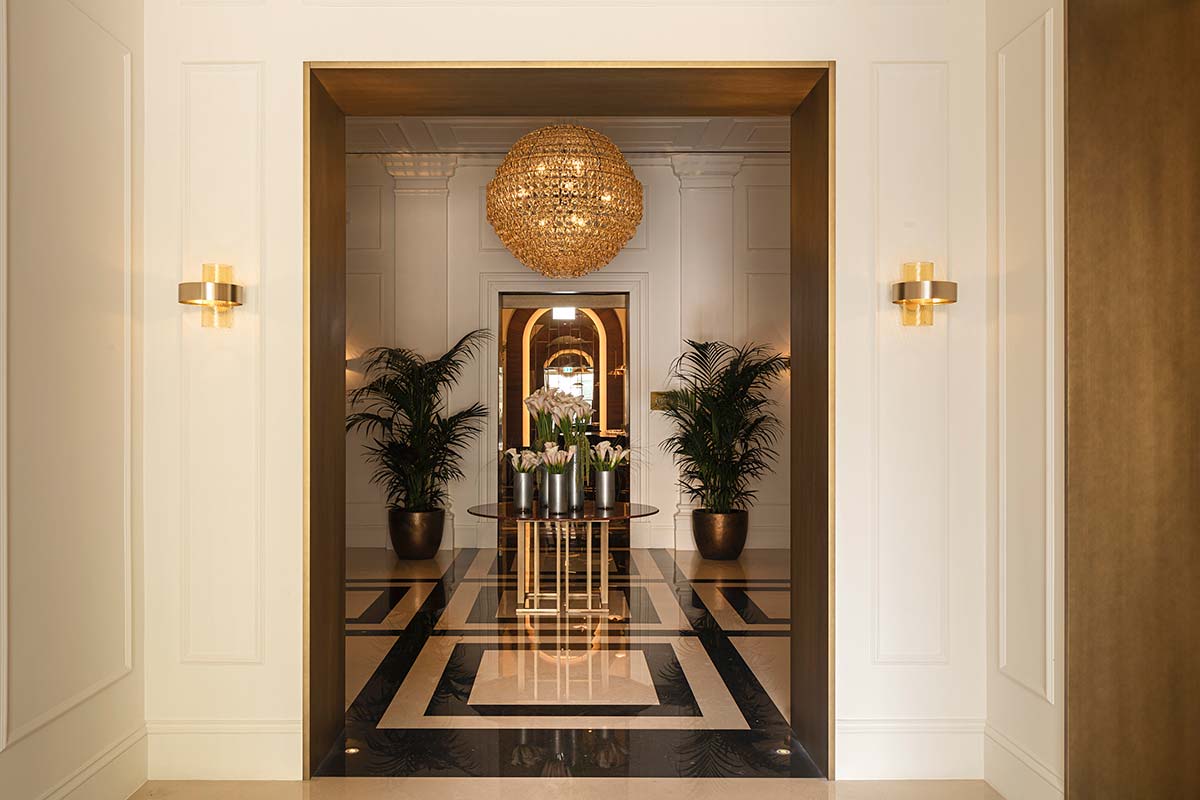
Designing a hotel to make customers feel at home or to make them feel very good away from home?
Our approach transcends the traditional “home away from home” archetype, recognizing that modern travellers desire a space that not only feels familiar but also elevates their overall travel and lodging experience.
In redefining the concept of comfort, we delve into the nuances of what truly makes a space feel like home. Our design philosophy goes beyond the conventional, embracing the idea that true comfort is not only about the familiar but also about discovering something fresh and exhilarating. It’s not merely about replicating the physical elements of a home; it’s about capturing the essence of comfort, personalization, and ease, incorporating excitement and novelty into our design. We aim to create a space where guests feel a sense of wonder and anticipation. We design with a keen understanding that people crave the comfort of familiarity without the trappings of their daily routine. In essence, our commitment to blending the comfort of familiarity with bespoke, exciting, and new elements is a testament to our dedication to creating a truly unparalleled experience. The hotel becomes a destination, where guests not only find solace in the familiar but also delight in the thrill of the unexpected, making their stay a memorable and enriching adventure.
Involving hotel staff to improve the hotel: is this a legacy of the new way of office design?
As workplace culture evolves, so should the spaces supporting that culture. Inviting staff to envision their ideal work environment sparks ideas and imagination. By listening to employee needs, hotels can construct BOH areas as uniquely customized hubs of productivity, unity, and empowerment. This is true of office design, as well. When staff feels truly cared for, it resonates during each guest or employee interaction.
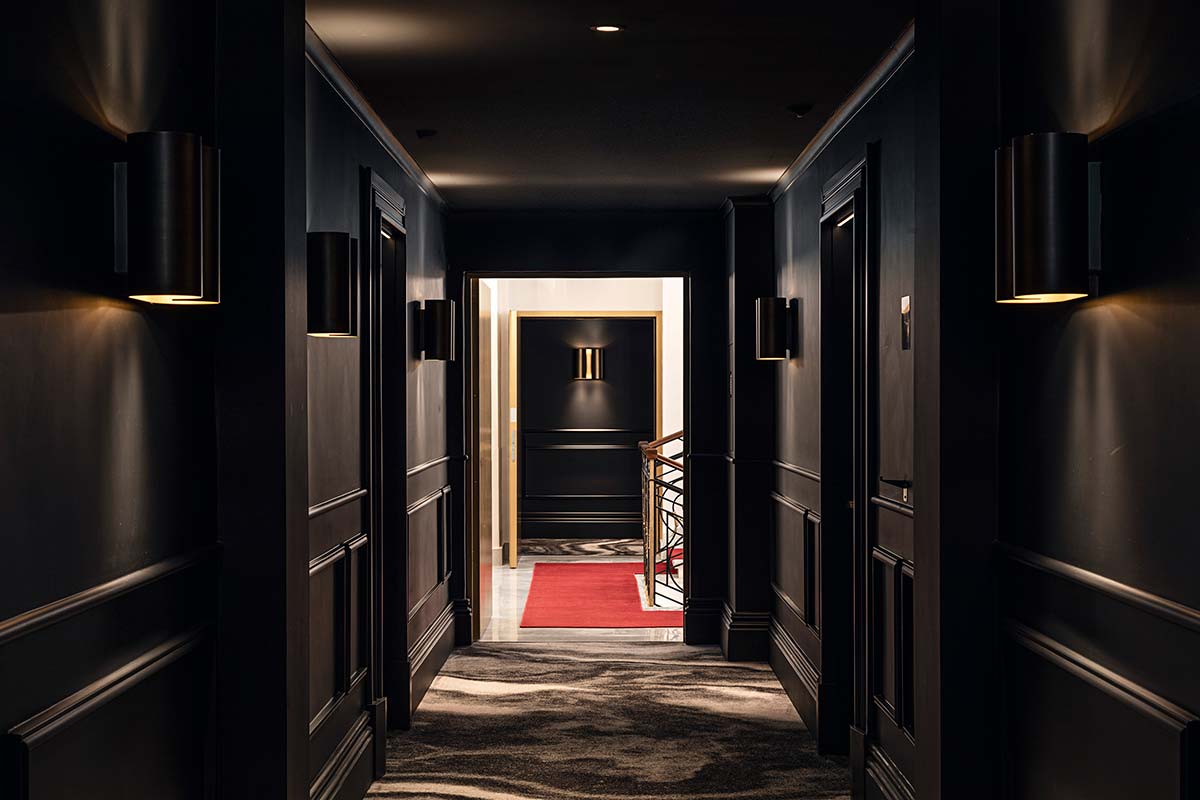
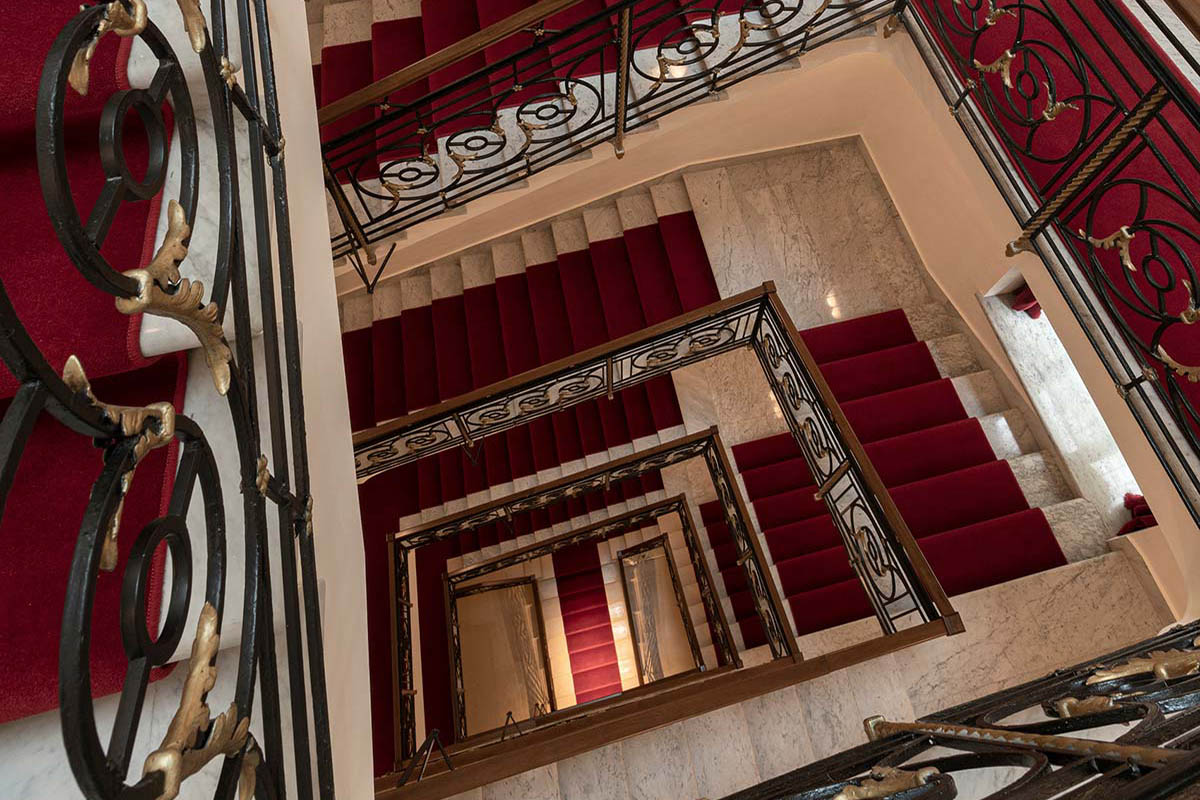
Using the example of hospitality design, because that is my practice area, I’ve found that sharing of hospitality design, because that is my practice area, I’ve found that sharing the hotel’s vision early on ensures staff input can inform choices to make spaces functional for them. When operation teams collaborate with designers, clever innovations emerge. Achieving a cohesive vision requires collaboration between the interior design team and the operations staff from the start.
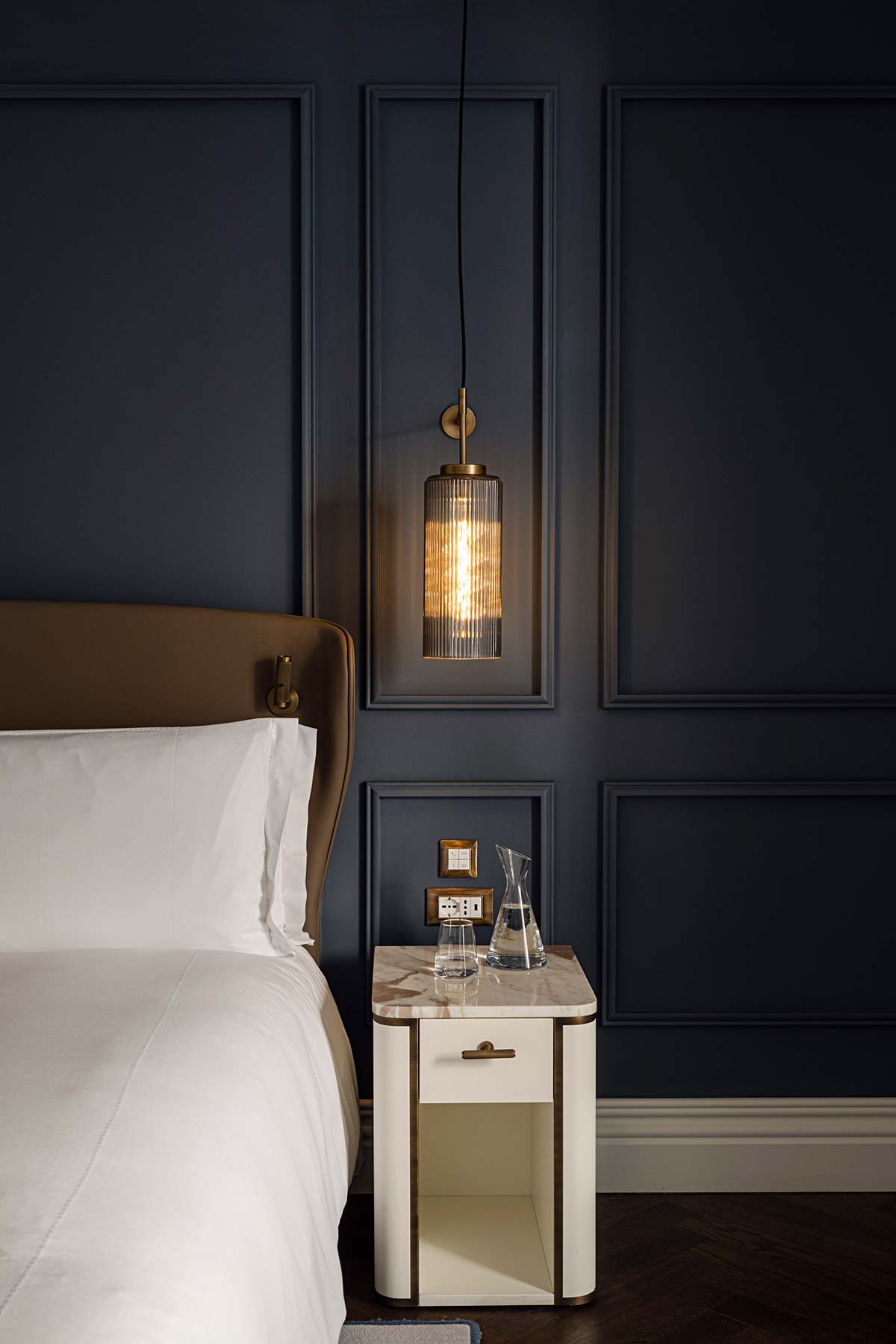
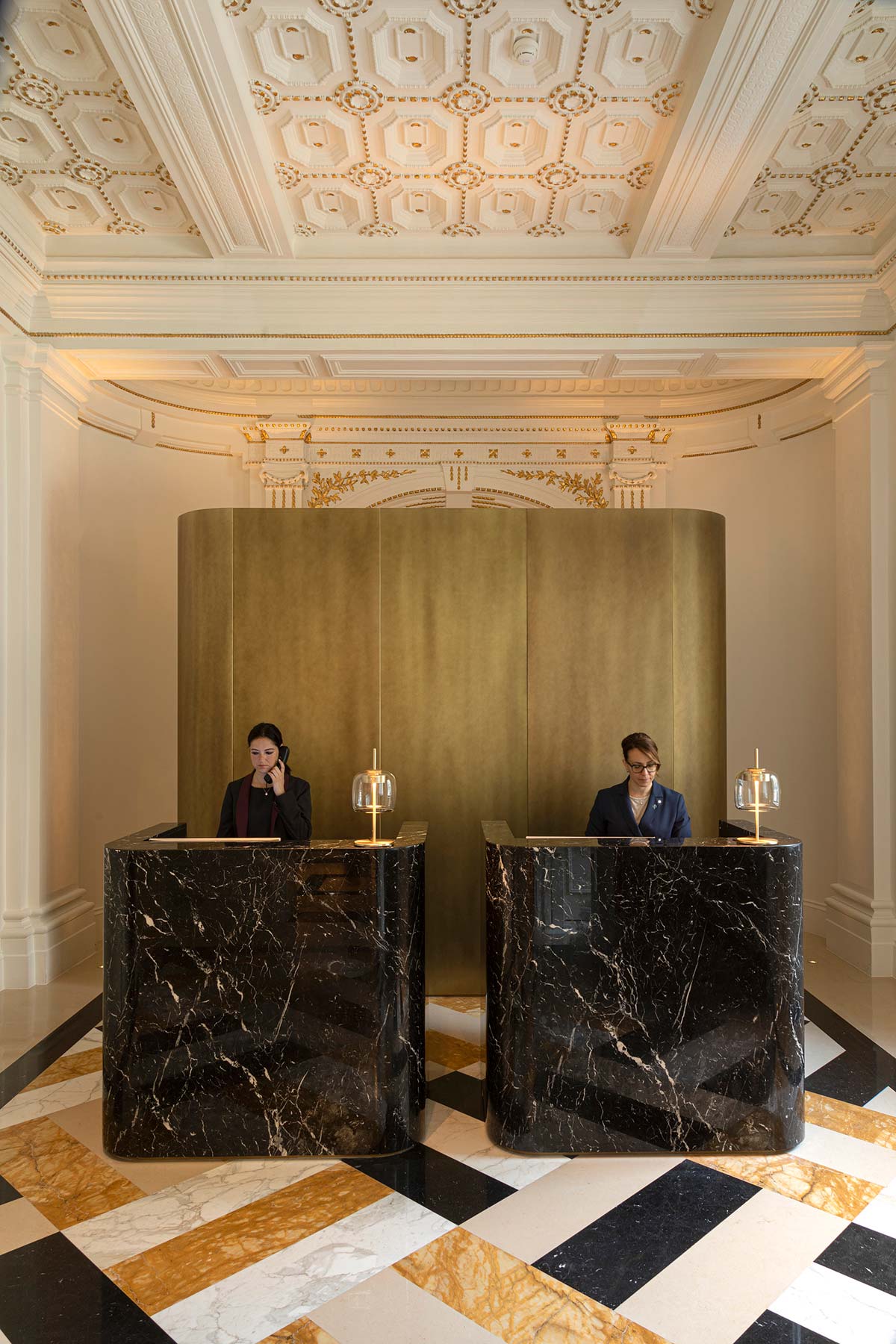
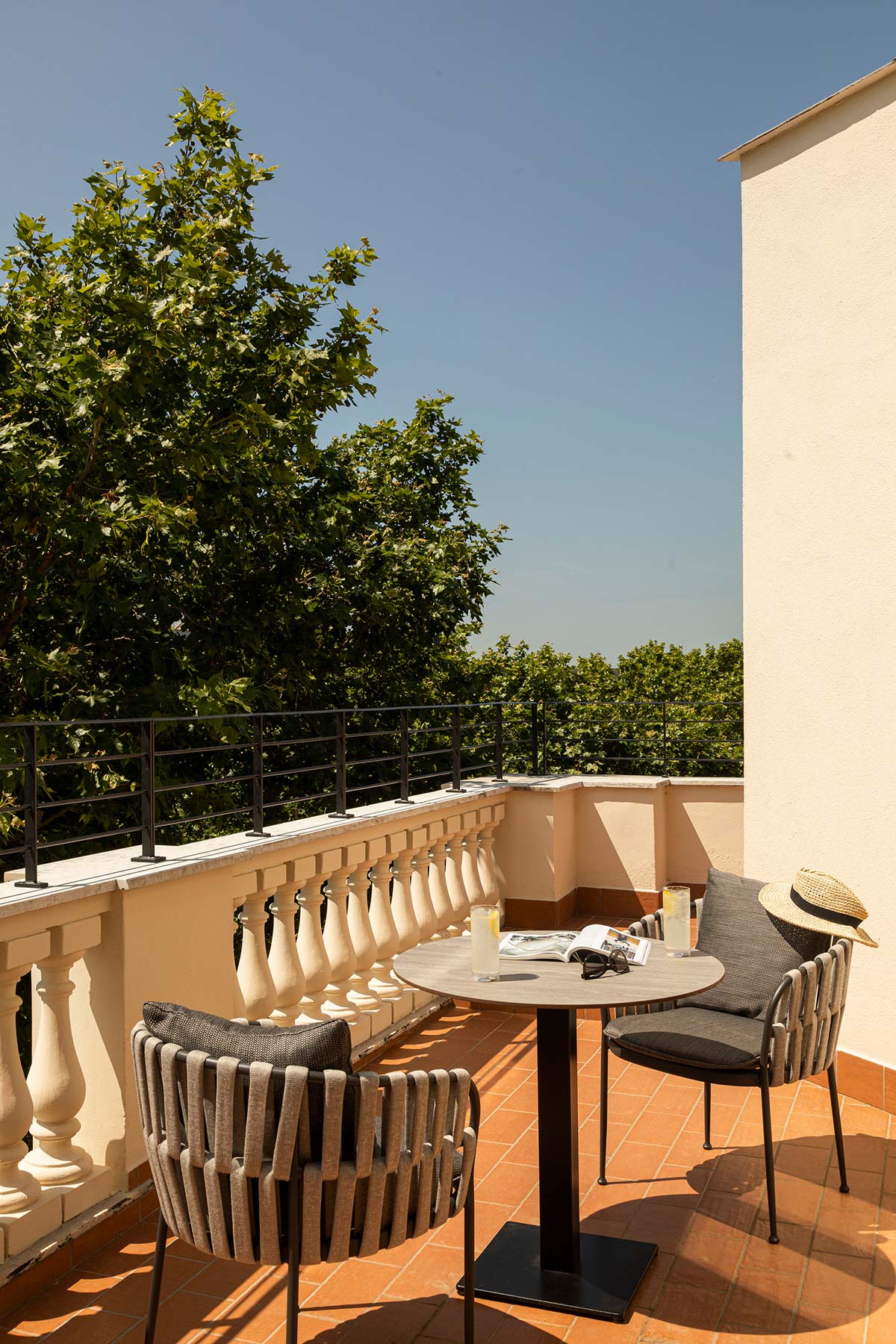
When designers invite participation at the project initiation stage, operations teams help identify potential challenges and provide ideas to optimize functionality. Truly visionary design weaves together aesthetics and practicality, in both office design and hospitality design. By valuing operations staff as partners from concept to execution, hotels ensure vibrant, harmonious spaces that support exceptional guest experiences. Seamless collaboration behind the scenes manifests in every guest interaction. When team members understand and embrace the hotel’s core vision and see their role in bringing it to life, a space gains an intangible energy and coherence that visitors can sense. Sharing the basis of design choices may happen behind the scenes, but manifests during each guest interaction to realize the hotel’s vision and mission.
The Intercontinental Rome Ambasciatori Palace is the first hospitality project IA Interior Architects has had in Rome: how did it land at IA ? Can you tell me about it?
The original building, owned by the Star II Fund managed by Castello SGR, underwent a complete renovation curated by myself and IA. I personally have followed the project since its early stages, preserving the glamorous character of a building that was a manifesto of the Dolce Vita, harmonized by a discreet and minimalist luxury.
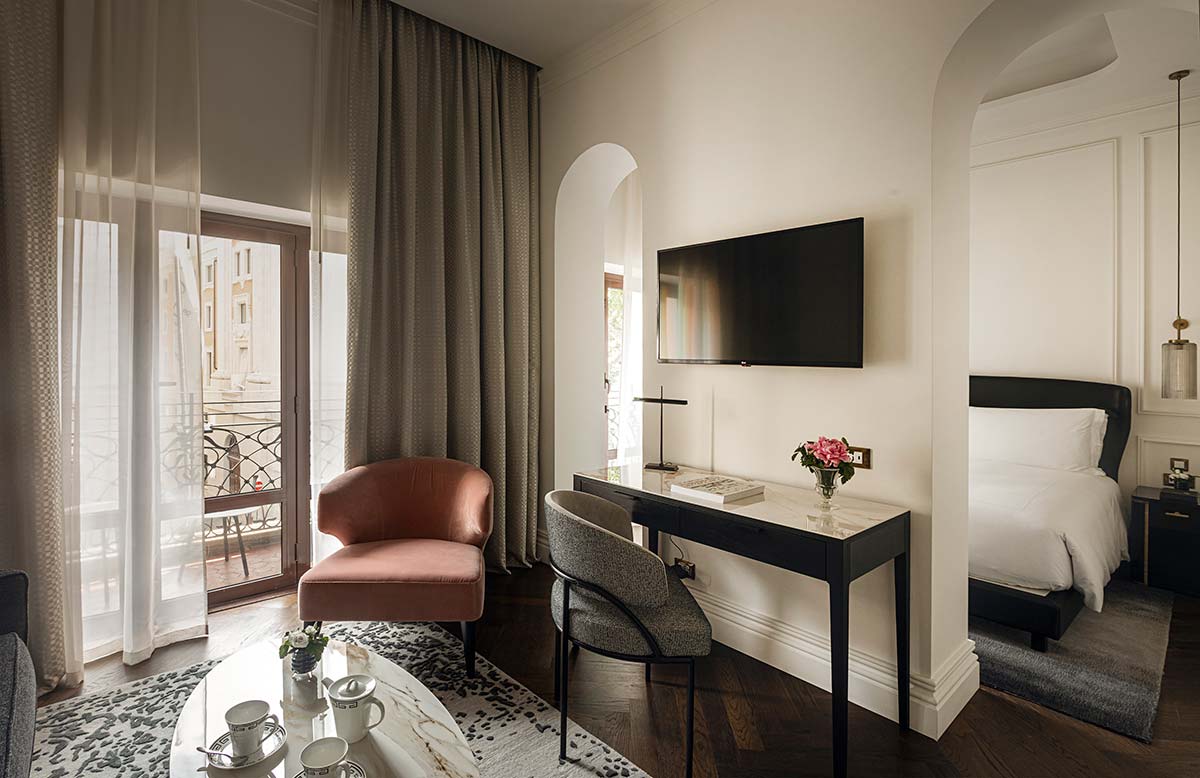
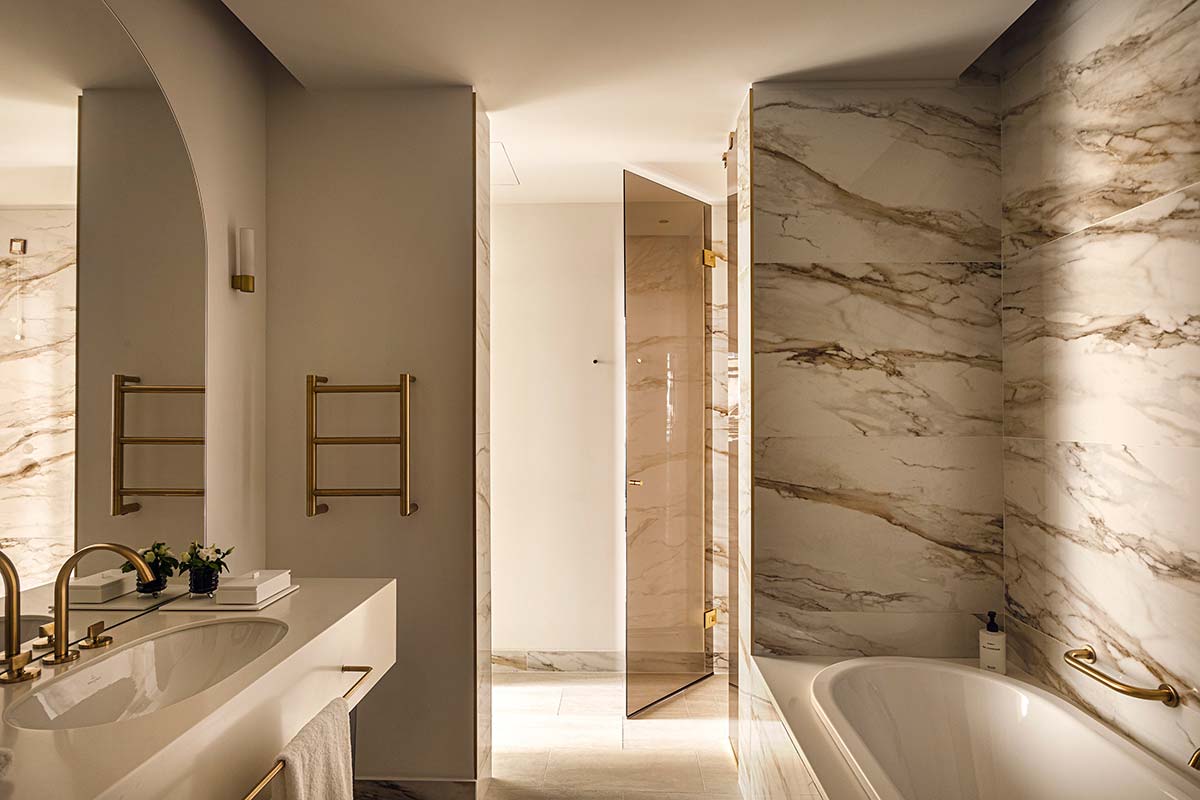
The property invested about 45 million euros in the renovation. The interventions, which lasted about two and a half years, allowed the optimization of spaces, reaching approximately 35 sqm per room, in line with international luxury brand standards. I am Italian, and I feel especially proud to be part of this tremendous project. I fell in love with the building from the moment I saw it in 2018. When I joined IA, the client followed me here, and since then, the entire team has worked hard to revamp, design, curate, and create the perfect harmony for the guests to experience a timeless, crafted Italian Elegance.
You state that “truly visionary design weaves aesthetics and practicality”: is it always possible to decline this concept in hospitality?
In the dynamic and multifaceted realm of hospitality, achieving a perfect balance between aesthetics and practicality is not always straightforward, but it remains an essential goal for creating memorable and functional spaces. Even if challenges exist, many successful hospitality establishments have demonstrated the feasibility of integrating aesthetics and practicality. It often involves collaboration between designers, architects, hotel management, investors, and brands to ensure that the delooks visually appealing and also enhances the overall guest experience and operational efficiency.
It is crucial to emphasize that the pursuit of weaving aesthetics and practicality should commence from the very beginning of each hospitality project. The early stages of conceptualisation and planning set the foundation for the entire design process, influencing not only the aesthetic of the space but also its functionality and operational efficiency. By incorporating the principles of visionary design from the project’s inception, designers, stakeholders and operators can collaboratively explore innovative ideas, address potential challenges, and establish a cohesive vision. This proactive approach allows for a seamless integration of form and function throughout the entire development lifecycle.
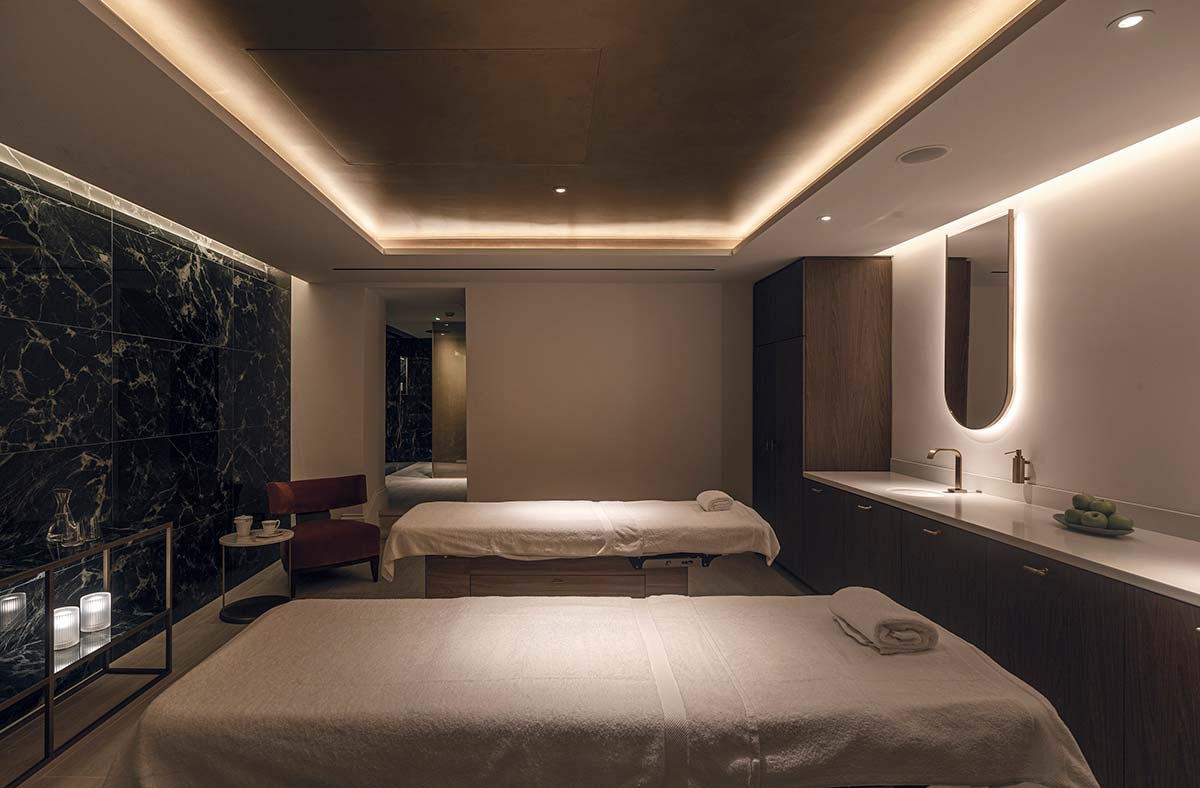
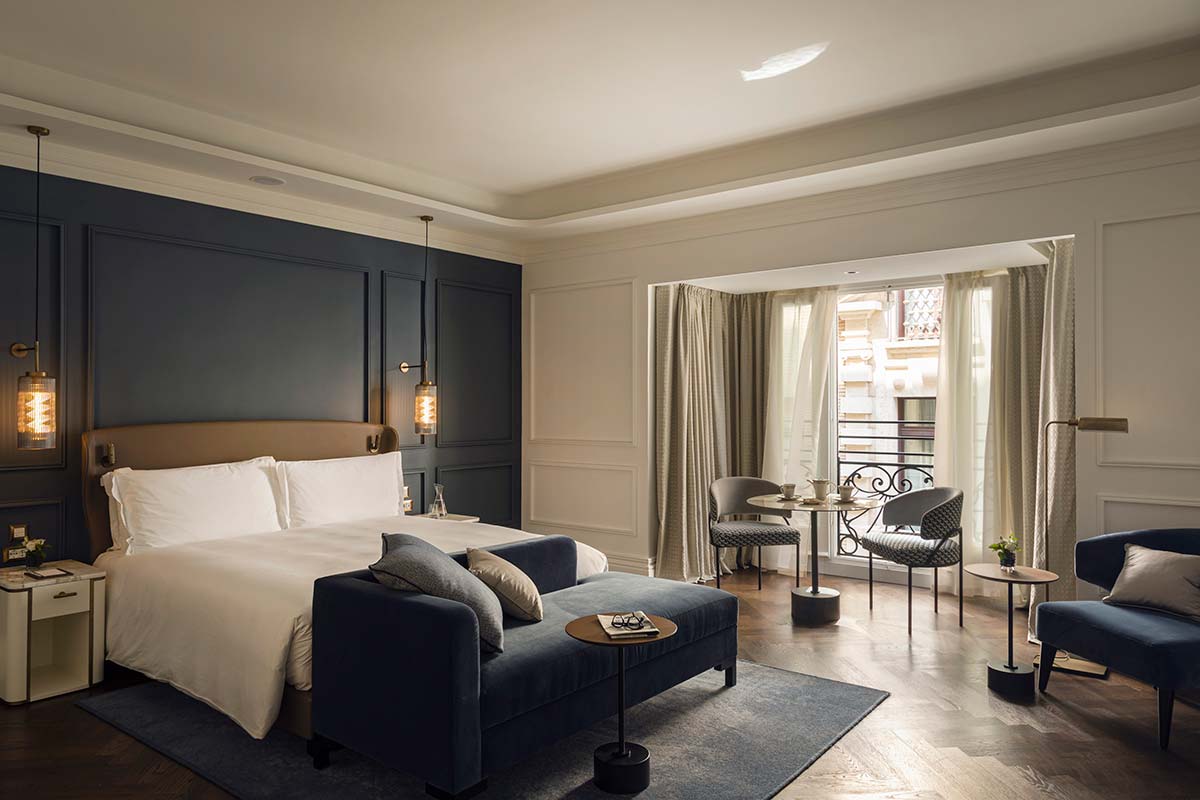
While achieving the perfect harmony between aesthetics and practicality in hospitality design may be challenging, it remains a worthwhile pursuit. Successful execution requires a thoughtful, adaptive approach that considers guests’ diverse needs, operational efficiency, budget constraints, and evolving design trends. When achieved, visionary design in hospitality can elevate the guest experience and set the stage for a memorable and functional stay.









